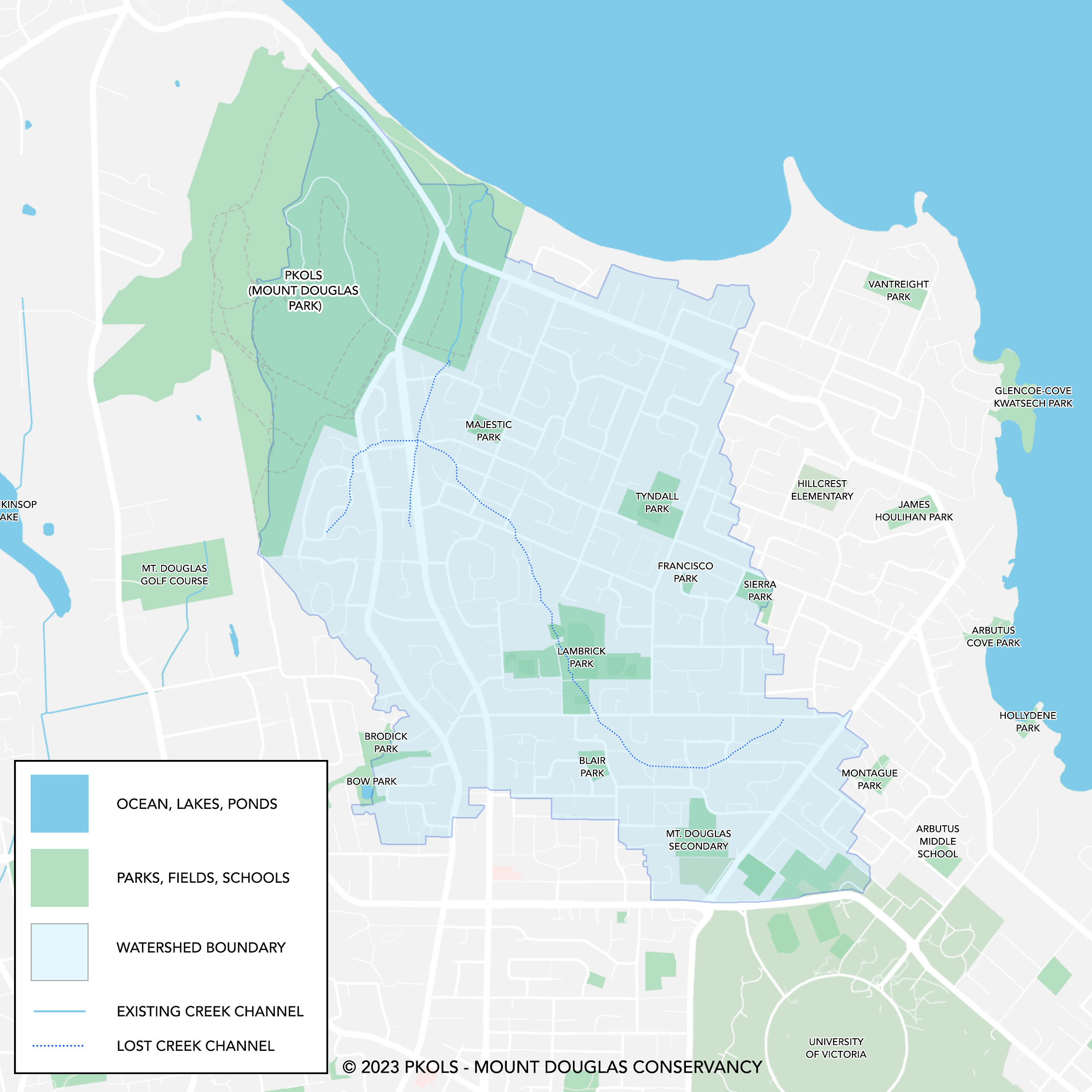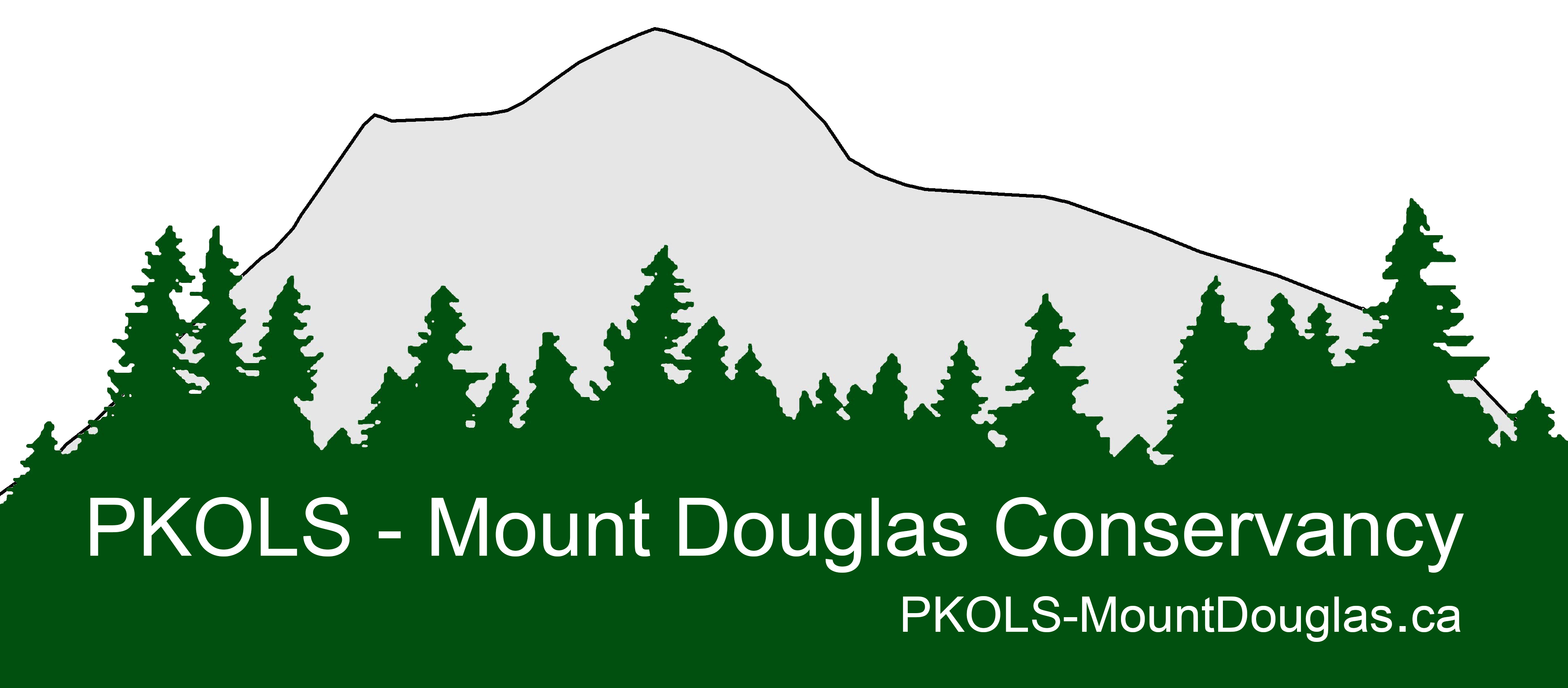The 20th Annual Salmon Transplant was held at the Outdoor Classroom at Douglas Creek Bridge on January 14th, 2023. Thank you to the Goldstream Fish Hatchery for providing the invaluable salmon carcasses and salmon fry, and to all who attended and made the event a success.




1. Carcasses of chum salmon line the banks of Douglas Creek
2. Salmon fry were released at the upper Douglas Creek weir
3. Members of the community participate in the annual “toss”
4. The new outdoor classroom at the Douglas Creek
Photos by Edward Peck
News Coverage
- Saanich News: VIDEO: Over 100 salmon carcasses tossed in Saanich Creek
- CBC: It’s slimy, slippery work, but tossing dead salmon is great for this B.C. ecosystem
- Global News: Dead salmon transplanted into creek
- CTV News: Conservationists mark 20 years of hauling dead salmon to Vancouver Island creek
- Goldstream News Gazette: ‘Simulating nature’: Saturday event in Saanich putting dead salmon into creek
- Canada Today: Conservationists have been hauling dead salmon down Vancouver Island Creek for 20 years
“Their survival rate to this stage is way less than 1%…You’re actually holding a small miracle when you hold a salmon.”
– Tom Rutherford, Fisheries Biologist
The Circle Of Life
In a healthy ecosystem, salmon will return to their natal creek to spawn and then die shortly after. As the salmon carcasses decompose, their nutrient-rich bodies provide essential nourishment to the next generation of salmon fry. These nutrients are shared by the surrounding flora and fauna, benefiting the ecosystem as a whole.
Why Dead Salmon?
The urbanization of the Douglas Creek watershed over the decades has disrupted the ecological balance and health of the creek. In transplanting salmon carcasses into the creek, this small act of environmental stewardship allows us to simulate the natural lifecycle of this keystone species in the absence of sufficient salmon returns.
History of A Creek
Today, Douglas Creek is in extremely fragile condition. Historically, the watershed was forested with Douglas Fir and Garry Oak meadows, and consisted of about 7 km of open stream channels. Today, only about 800m of the original stream channel remains. The lost creek channels have either been infilled or diverted into an extensive network of stormwater sewers.

Impacts of Urbanization
A combination of increased impervious areas (~37%) within the watershed and reliance on stormwater sewers has significantly increased the amount of stormwater runoff diverted into the creek. The subsequent peak flows and stormwater surges result in creek bed erosion and destruction of critical salmon spawning habitat.

Ecological Stewardship
Although there are still small numbers of salmon returning to Douglas Creek each year (as seen in this video from November 2022) ongoing restoration efforts such as the annual Salmon Transplant are essential in order to give the creek the best chance at recovery.
Community Education
Community involvement and participation provides far more than just an opportunity for people to get their hands dirty (or, in this case, slimy!). The educational benefit of these activities is equally as important as the ecological benefits. Learning about the watersheds in which we live, work, and play and understanding how our everyday actions affect the health of the ecosystems is one way we can begin to make change for the better.

